Trip to Burma ( Myanmar)
Ing’s Peace Poem “Peace Come to You”
Translated into Burmese by Aung Htut, August 2013
Hi Ing
I am attaching 2 translations of your Peace poem. Many of my fellow Staten Island Ferry employees are immigrants. Last week I was working with two of them and I asked them if they would translate it. The Burmese translation was done by Aung Htut. The Punjabi translation was done by Pawan Kumar. The very last line after the poem is their names in their native language. If I run into anyone who can speak a language NOT on your list of previous translations I will ask them if they would translate for you too.
Hope all is well with you. Say hi to John.
Bill August 6, 2013
Hi Bill,
You made me very happy when I opened your email. Thank you very much for spending your time to ask people to translate my poem. And please if you have a chance to ask the others to translate into different other languages I will appreciate that very much.
Lately I kind of feel a bit disappointed with my peace project. In general when I talked to people about my peace project they like it and promise to follow up. But almost none of them get back to me. I understand that people are busy working with all kind of things in their life. So I think they might not have time or it is not as significant as the other things in their life. So you can see how happy I was when I received your email.
I showed your email to John. He was very glad also.
Would you please thanks Mr. Aung Htut and Mr. Pawan Kumar please tell them that I am very grateful for translating my poem into their native languages.
I do not know if you have seen my videos on YouTube or not; I usually make short video of the foreign translations of my poem “Peace Come to You” to upload on YouTube. The following links are Chinese and Yoruba languages:
https://www.youtube.com/watch?v=sCtytSBlysk (Chinese)
https://www.youtube.com/watch?v=c8Mw5WC3OWg&feature=youtu.be (Yoruba)
John said to say hello to you. We both are fine but John is very tried from teaching summer pottery classes at RU and we are preparing to participate in Puerto Rican Arts and Music Fair this Saturday inNewark, Aug 10. John will demonstrate pottery and I will have a table to promote my peace project. It is started from 12 noon to 7 pm. If you would like to come please let us know I will send you the address or John can pick you up at Penn station and we can go together.
All the best,
Ing August 7, 2013
PS. Do you mind if I post your email content as an introduction for the Burmese and Punjabi translation on my website?
Hi Ing,
Yes you can use my email as an introduction for the translations. I will thank Aung and Kumar for you as well.
Bill
Thanks Bill, enjoy your trip. John says Hello.
Ing 8.7.13
The above emails are from Bill Maddox and my email response to him. Bill is one of John’s good friends and an excellent actor. I am posting the content of our emails because it tells the exact story. I am very grateful and appreciative of his interest and help me to. This has enabled me to have my Peace Poem, “Peace Come to You”, translated into the Burmese language. This translation was done by Aung Htut. The Punjabi translation was done by Pawan Kumar. Many thanks to Aung Htut and Pawan Kumar for their efforts.
Myanmar (Burma) is a neighbor of Thailand. From the first grade through high school in Thailand, the history subjects I studied were mostly about the wars between Thailand and Burma. I am glad there is no war between Thailand and Burma but Burma seems to have war in the country between government and citizens. In the west we hear more news about pro-democracy leader Aung San Suu Kyi. I am very glad that she is now free from house arrest and able to participate in the political system in her country.
Thanks Wikipedia and institutions that offer information that allow me to take a trip to Burma (Myanmar) by internet. I hope the viewers will also enjoy the trip to Burma (Myanmar).
Republic of the Union of Myanmar
Anthem: Kaba Ma Kyei
Till the End of the World
Location of Burma (green)
in ASEAN (dark grey) — [Legend
| Capital | Naypyidawa 19°45?N 96°6?E / 19.750°N 96.100°E / 19.750; 96.100 |
|
| Largest city | Yangon (Rangoon) | |
| Official languages | Burmese | |
| Recognised regional languages | JingphoKayahKarenChinMonRakhineShan | |
| Official scripts | Burmese script | |
| Ethnic groups | 68% Bamar9% Shan7% Karen4% Rakhine3% Chinese2% Indian2% Mon5% other | |
| Demonym | Burmese / Myanma | |
| Government | Unitary presidential constitutional republic | |
| – | President | Thein Sein |
| – | Vice Presidents | Sai Mauk KhamNyan Tun |
| Legislature | Assembly of the Union | |
| – | Upper house | House of Nationalities |
| – | Lower house | House of Representatives |
| Formation | ||
| – | Pagan Dynasty | 23 December 849 |
| – | Toungoo Dynasty | 16 October 1510 |
| – | Konbaung Dynasty | 29 February 1752 |
| – | Independence (from United Kingdom) |
4 January 1948 |
| – | Coup d’état | 2 March 1962 |
| – | New constitution | 30 March 2011 |
| Area | ||
| – | Total | 676,578 km2 (40th) 261,227 sq mi |
| – | Water (%) | 3.06 |
| Population | ||
| – | 2010 estimate | 60,280,000[1] (24th[2]) |
| – | 1983 census | 33,234,000 |
| – | Density | 73.9/km2 (119th) 191.5/sq mi |
| GDP (PPP) | 2012 estimate | |
| – | Total | $89.461 billion[3] |
| – | Per capita | $1,405[3] |
| GDP (nominal) | 2012 estimate | |
| – | Total | $53.140 billion[3] |
| – | Per capita | $854[3] |
| HDI (2012) | 0.498[4] low · 149th |
|
| Currency | Kyat (K) (MMK) | |
| Time zone | MST (UTC+06:30) | |
| Drives on the | rightb | |
| Calling code | +95 | |
| ISO 3166 code | MM | |
| Internet TLD | .mm | |
| a. | Some governments recognise Yangon (Rangoon) as the national capital.[5] | |
| b. | Road infrastructure is still for driving on the left. | |
Burma (i/?b?rm?/ BUR-m?), officially the Republic of the Union of Myanmar,[6] commonly shortened to Myanmar (i/?mj??n?m?r/ MYAHN-mar,[7] /?ma?ænm?r/ or /?mjænm?r/),[8][9][10] is a sovereign state in Southeast Asia bordered by China, Thailand, India, Laos and Bangladesh. One-third of Burma’s total perimeter of 1,930 kilometres (1,200 miles) forms an uninterrupted coastline along the Bay of Bengal and the Andaman Sea. Its population of over 60 million makes it the world’s 24th most populous country[1] and, at 676,578 km2 (261,227 sq mi), it is the world’s 40th largest country and the second largest in Southeast Asia.
The country was under military control from the coup d’état in 1962 until 2011. During this time, the United Nations and several other organizations have reported consistent and systematic human rights violations in the country,[11][12][13] including genocide, the use of child soldiers, systematic rape, child labour, slavery, human trafficking and a lack of freedom of speech. Since the military began relinquishing more of its control over the government, however – coupled with its release in 2010 of Burma’s most prominent human rights activist, Aung San Suu Kyi – the country’s foreign relationships have improved rapidly, especially with major powers such as the European Union, Japan, and the United States. Trade and other economic sanctions, for example, imposed by the European Union and the United States, have now been eased.[14][15]
Burmais a country rich in precious stones, oil, natural gas and other mineral resources. In 2011, its GDP stood at US$82.7 billion and was estimated as growing at an annual rate of 5.5%.[16]
In 2013, rights groups reported that Burmese authorities have begun ethnic cleansing the Rohingya minority in western Burma, resulting in hundreds of thousands of refugees fleeing across the border to Bangladesh[17][18] and also to Thailand where many are held in squalid conditions.[19]
Etymology[edit source | edit]
Main article: Names of Burma
In 1989, the military government officially changed the English translations of many names dating back to Burma’s colonial period, including that of the country itself: “Burma” became “Myanmar”. The renaming remains a contested issue.[20] Many political and ethnic opposition groups and countries continue to use “Burma” because they do not recognise the legitimacy of the ruling military government or its authority to rename the country.[21]
The country’s official full name is the “Republic of the Union of Myanmar” i/?mj??n?m?r/[7] (Burmese: ??????????? ????? ?????????????????, Pyidaunzu Thanm?da My?ma Nainngandaw, pronounced: [pjìdà??z? ?à?m?da? mj?mà nà???à?d??]). Some countries, however, have not recognized this name and use the short form “Union of Burma” instead.[16][22]
In English, the country is popularly known by either of its short names “Burma” or “Myanmar”. Both these names are derived from the name of the majority Burmese Bamar ethnic group. Myanmar is considered to be the literary form of the name of the group, while Burma is derived from “Bamar”, the colloquial form of the group’s name. Depending on the register used, the pronunciation would be Bama (pronounced: [b?mà]) or Myamah (pronounced: [mj?mà]). The name Burma has been in use in English since the time of British colonial rule.
Burmacontinues to be used in English by the governments of many countries, including the United Kingdom and Canada.[23] Official United States policy retains Burma as the country’s name, although the State Department’s website lists the country as “Burma (Myanmar)” and Barack Obama has referred to the country as Myanmar.[24][25][26] The United Nations uses Myanmar, as do the Association of Southeast Asian Nations, Russia, France,[27] Germany,[28] China, India, Norway,[29] Australia[30] and Japan.[23]
There are also other variations; in Spain and Italy the country is commonly known as “Birmania”, whereas the Government of Brazil use “Mianmar”.[31]
History[edit source | edit]
Main article: History of Burma
Burmais home to some of the early civilizations of Southeast Asia including the Pyu and the Mon.[32] In the 9th century, the Burmans of the Kingdom of Nanzhao entered the upper Irrawaddy valley and, following the establishment of the Pagan Empire in the 1050s, the Burmese language and culture slowly became dominant in the country. During this period, Theravada Buddhism gradually became the predominant religion of the country. The Pagan Empire fell due to the Mongol invasions (1277–1301), and several warring states emerged. In the second half of the 16th century, reunified by the Taungoo Dynasty, the country was for a brief period the largest empire in the history of Southeast Asia.[33] The early 19th century Konbaung Dynasty ruled over an area that included modern Burma as well as Manipur and Assam. Since independence in 1948, the country has been in one of the longest running civil wars among the country’s myriad ethnic groups that remains unresolved. From 1962 to 2011, the country was under military rule. The military junta was officially dissolved in 2011 following a general election in 2010 and a nominally civilian government installed, though the military retains enormous influence.
Prehistory[edit source | edit]
Main articles: Prehistory of Burma, Pyu city-states, and Mon city-states
Neolithic paintings found inside Padah-Lin Caves, radiocarbon dated up to 13,000 years ago
Archaeological evidence shows that Homo erectus lived in the region now known as Burma as early as 750,000 years ago and Homo sapiens about 11,000 BC, in a Stone Age culture called the Anyathian, when plants and animals were first domesticated and polished stone tools appeared in Burma.[34] The Bronze Age arrived circa 1500 BC when people in the region were turning copper into bronze, growing rice and domesticating poultry and pigs; they were among the first people in the world to do so. The Iron Age arrived around 500 BC when iron-working settlements had emerged in an area south of present-day Mandalay.[35] Evidence also shows rice-growing settlements of large villages and small towns that traded with their surroundings as far as China between 500 BC and 200 AD.[36]
Around the 2nd century BC the first-known city-states emerged in central Burma. The city-states were founded as part of the southward migration by the Tibeto-Burman-speaking Pyu, the earliest inhabitants of Burma of whom records are extant, from present-day Yunnan.[37][38] The Pyu culture was heavily influenced by trade with India, importing Buddhism as well as other cultural, architectural and political concepts, which would have an enduring influence on later Burmese culture and political organization.[39] By the 9th century AD several city-states had sprouted across the land: the Pyu states in the central dry zone, Mon states along the southern coastline and Arakanese states along the western littoral. The balance was upset when the Pyu states came under repeated attacks from the Kingdom of Nanzhao between the 750s and the 830s. In the mid-to-late 9th century the Mranma (Burmans/Bamar) of Nanzhao founded a small settlement at Pagan (Bagan). It was one of several competing city-states until the late 10th century when it grew in authority and grandeur.[40]
Imperial Burma[edit source | edit]
Main articles: Pagan Kingdom, Toungoo Dynasty, and Konbaung Dynasty
See also: Ava Kingdom, Hanthawaddy Kingdom, Mrauk U Kingdom, and Shan states
Pagodas and temples in present-day Pagan (Bagan), the capital of the Pagan Kingdom
Pagan gradually grew to absorb its surrounding states until the 1050s–1060s when Anawrahta founded the Pagan Empire, the first ever unification of the Irrawaddy valley and its periphery. In the 12th and 13th centuries, the Pagan Empire and the Khmer Empire were two main powers in mainland Southeast Asia.[41] The Burmese language and culture gradually became dominant in the upper Irrawaddy valley, eclipsing the Pyu, Mon and Pali norms by the late 12th century. Theravada Buddhism slowly began to spread to the village level although Tantric, Mahayana, Brahmanic, and animist practices remained heavily entrenched. Pagan’s rulers and wealthy built over 10,000 Buddhist temples in the Pagan capital zone alone. Repeated Mongol invasions (1277–1301) toppled the four-century-old kingdom in 1287.[42]
Templesat Mrauk U
Pagan’s collapse was followed by 250 years of political fragmentation that lasted well into the 16th century. Like the Burmans four centuries earlier, Shan migrants who arrived with the Mongol invasions stayed behind. Several competing Shan states came to dominate the entire northwestern to eastern arc surrounding the Irrawaddy valley. The valley too was beset with petty states until the late 14th century when two sizable powers, Ava Kingdom and Hanthawaddy Kingdom, emerged. In the west, a politically fragmented Arakan was under competing influences of its stronger neighbors until the Kingdom of Mrauk U unified the Arakan coastline for the first time in 1437.
Early on, Ava fought wars of unification (1385–1424) but could never quite reassemble the lost empire. Having held off Ava, Hanthawaddy entered its golden age, and Arakan went on to become a power in its own right for the next 350 years. In contrast, constant warfare left Ava greatly weakened, and it slowly disintegrated from 1481 onward. In 1527, the Confederation of Shan States conquered Ava itself, and ruledUpper Burma until 1555.
Like the Pagan Empire, Ava, Hanthawaddy and the Shan states were all multi-ethnic polities. Despite the wars, cultural synchronization continued. This period is considered a golden age for Burmese culture. Burmese literature “grew more confident, popular, and stylistically diverse”, and the second generation of Burmese law codes as well as the earliest pan-Burma chronicles emerged.[43] Hanthawaddy monarchs introduced religious reforms that later spread to the rest of the country.[44] Many splendid temples of Mrauk U were built during this period.
Since the 2010 election, the government has embarked on a series of reforms to direct the country towards liberal democracy, a mixed economy and reconciliation, although the questioning of the motives that underpin such reforms has not ceased. The series of reforms includes the release of pro-democracy leader Aung San Suu Kyi from house arrest, establishment of the National Human Rights Commission, granting of general amnesties for more than 200 political prisoners, new labour laws that permit labour unions and strikes, relaxation of press censorship, and the regulation of currency practices.[80]
Burmese (Myanmar) Art
Burmese (Myanmar) People
Please visit the following links for more information about Burma (Myanmar) :
https://en.wikipedia.org/wiki/Burma
https://www.google.com/#bav=on.2,or.&fp=71fb22bf9b90f16b&q=burmese
Link to Ing’s Peace Proem translated into Punjabi page:
https://ingpeaceproject.com/ing-peace-project/ings-peace-poem-translated-into-punjabi/
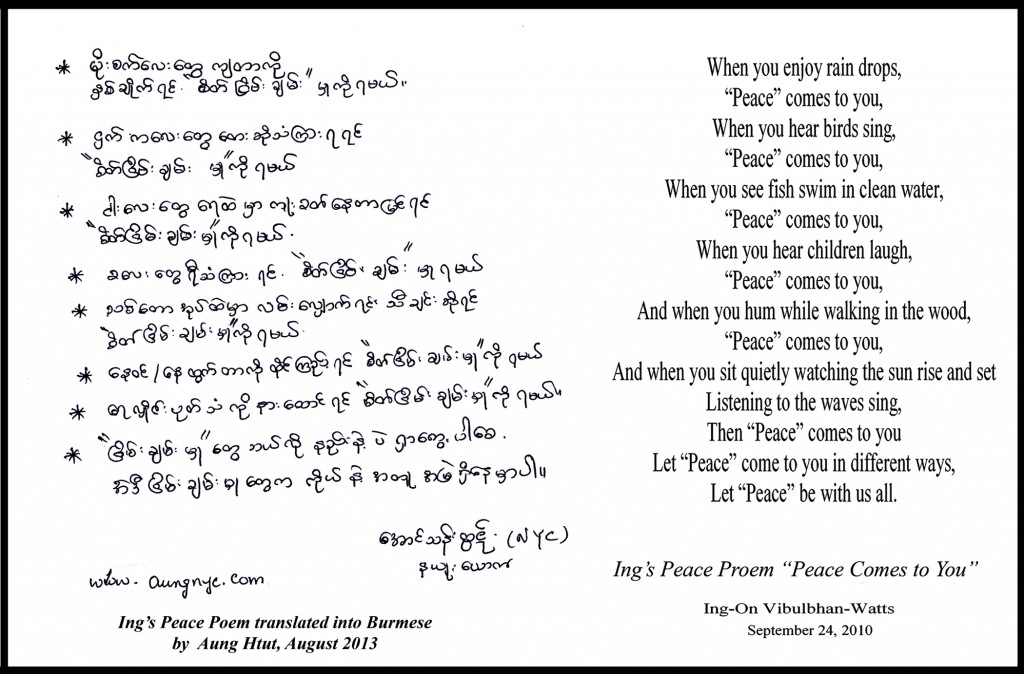
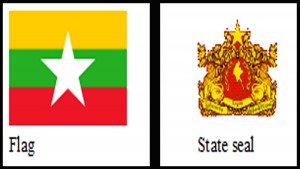

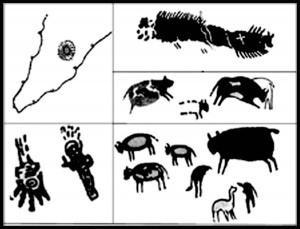
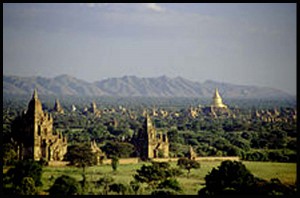

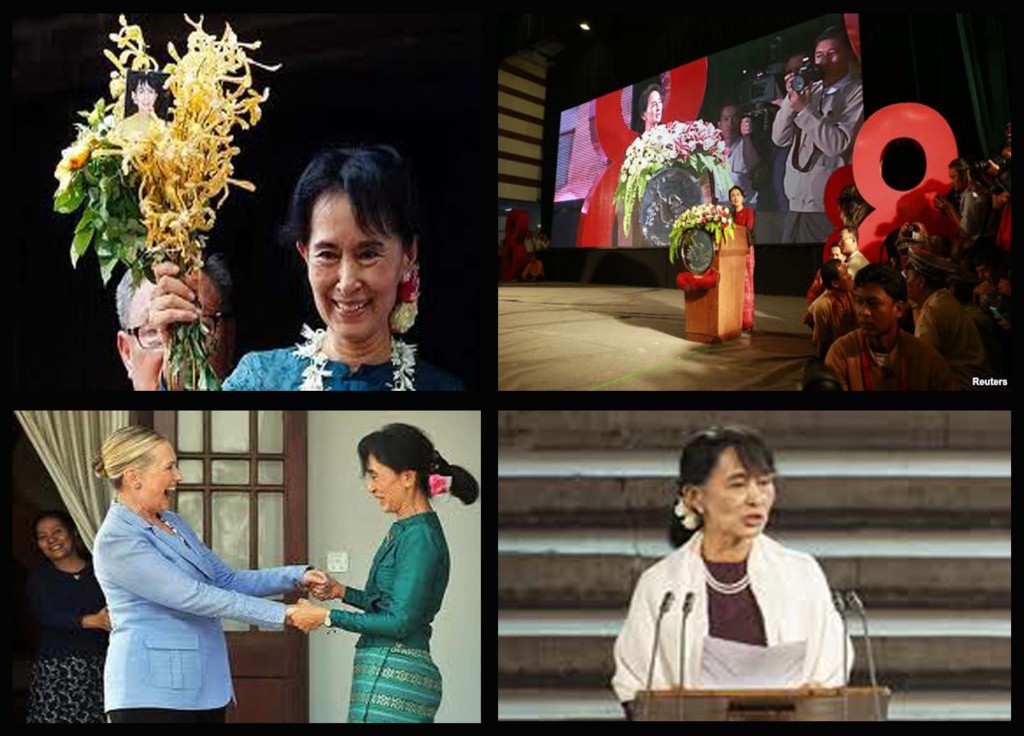

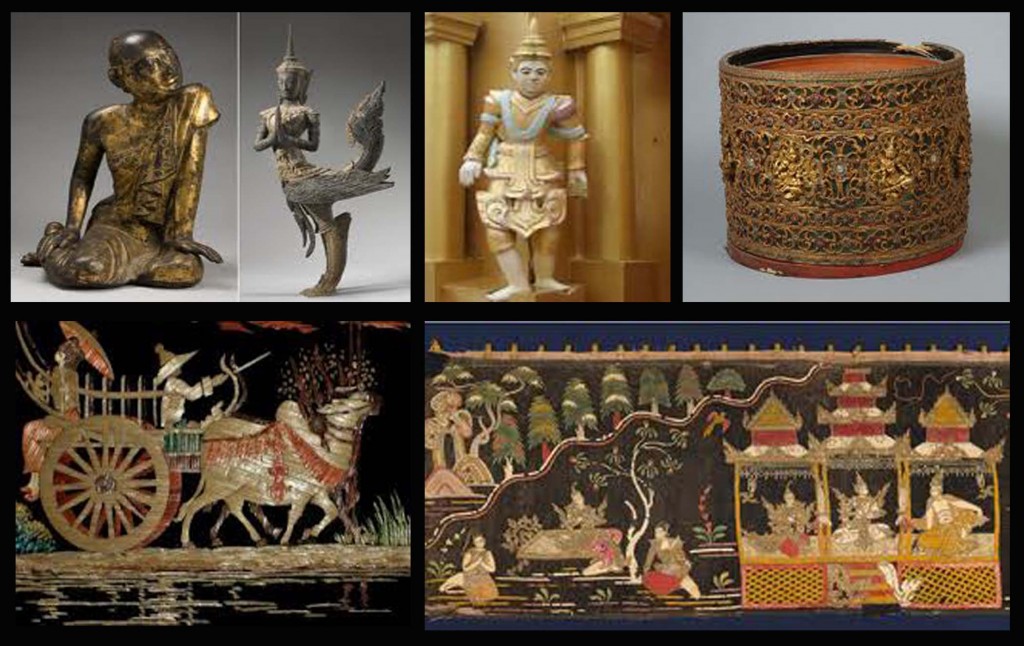
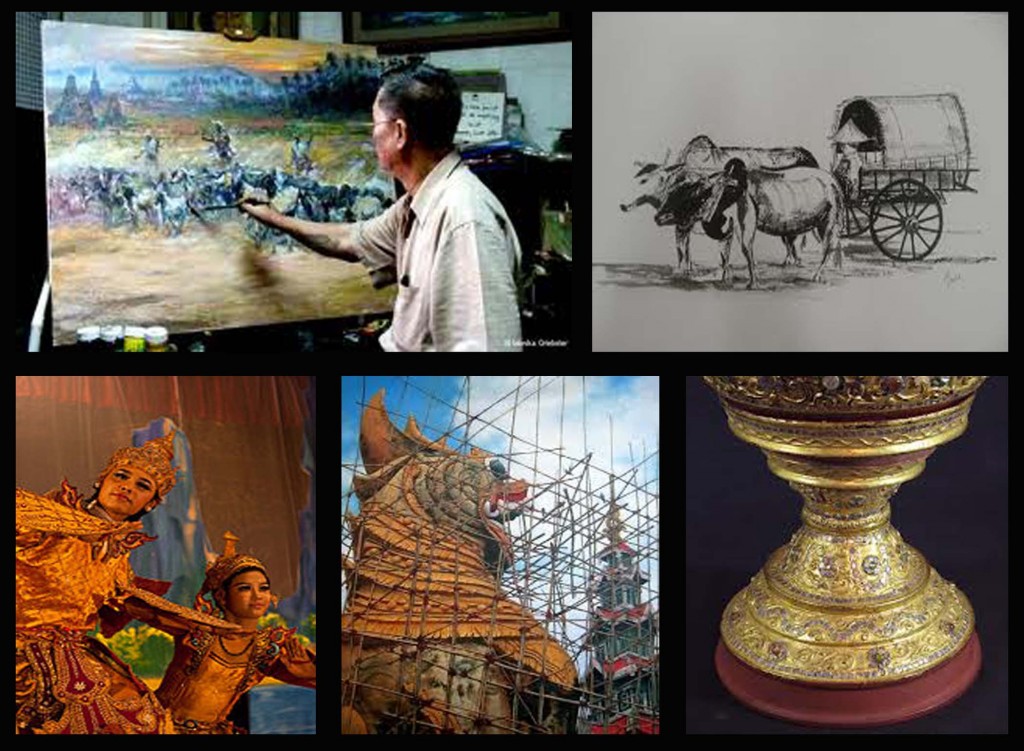
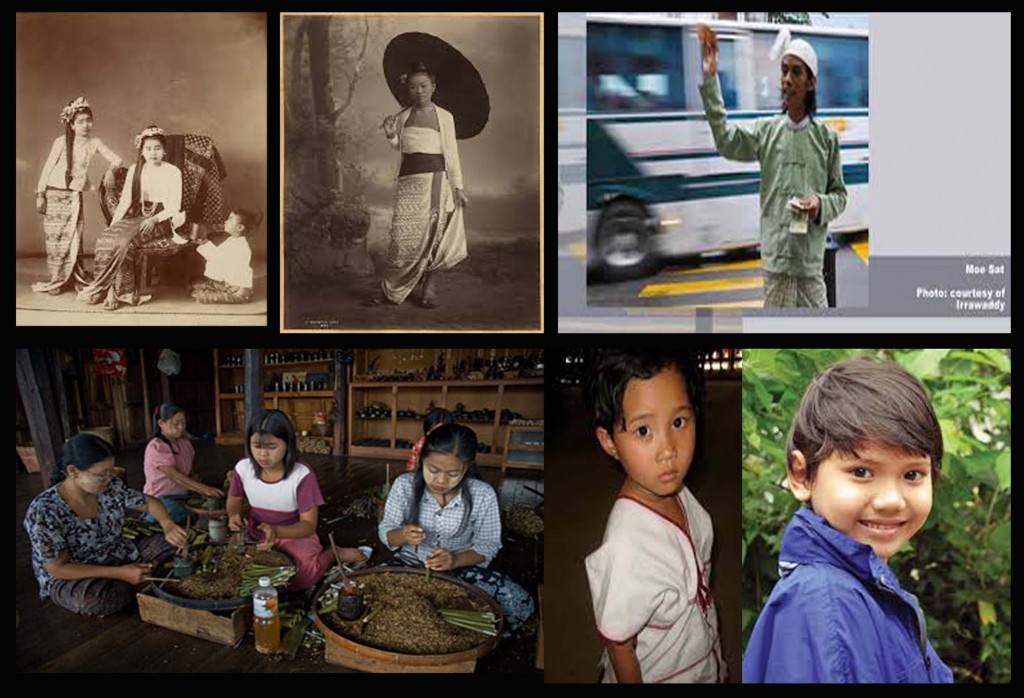
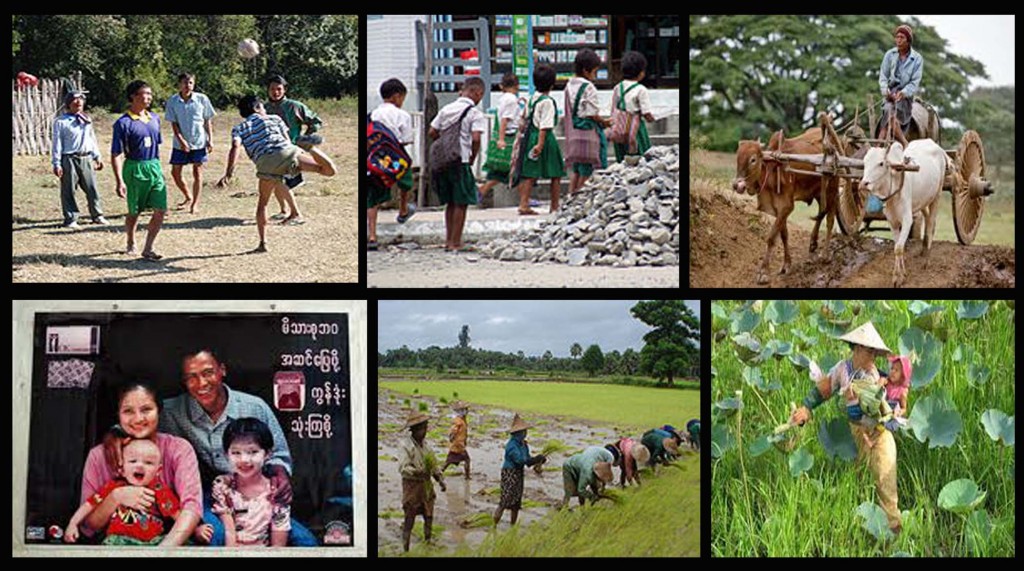
Leave a Reply